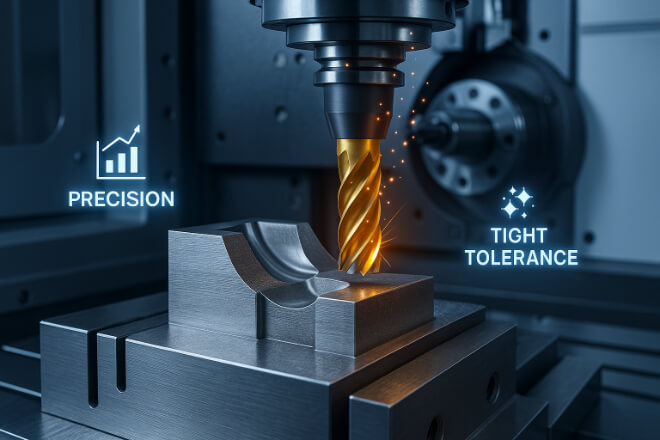コーティングされていないタングステンカーバイド工具とは何ですか?
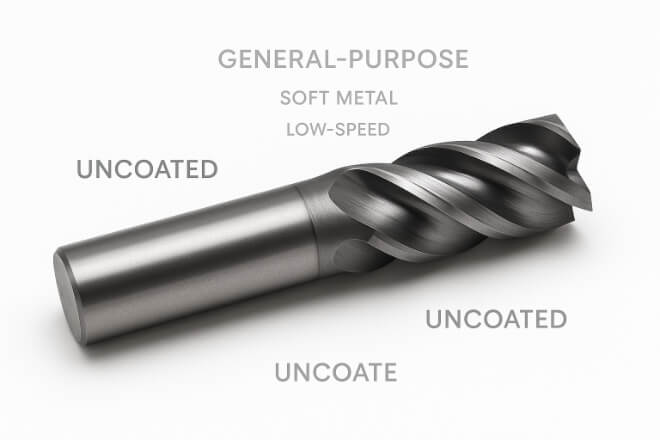
コーティングされていないタングステンカーバイド工具は、表面処理を施されていない固体のタングステンカーバイド材料から作られています。
彼らは高い 硬度 レベルに達し、熱と摩耗が管理可能な用途で広く使用されています。
これらのツールは通常、次のような場合に使用されます。
汎用加工
低速切断作業
あまり熱を発生しない素材(プラスチックや軟質金属など)
初期費用は安く抑えられますが、硬い材料を切断したり、高速で稼働したりすると摩耗が早くなります。
コーティングされたタングステンカーバイド工具とは何ですか?
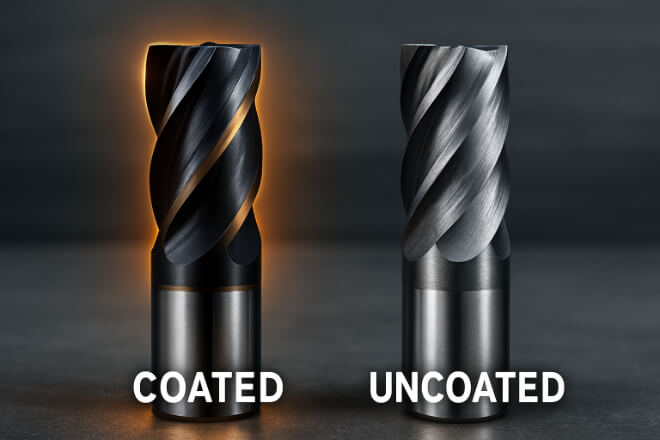
コーティングされたタングステンカーバイド工具は、タングステンカーバイド基材の上に硬い薄い層が追加されています。このコーティングは工具を保護し、切削性能を向上させます。
一般的なコーティングには次のようなものがあります。
TiN(窒化チタン) - 硬度を高め、摩擦を低減します
TiAlN(チタンアルミニウム窒化物) - 高温に耐える
AlTiN – 耐酸化性の向上
DLC(ダイヤモンドライクカーボン) - 非鉄金属や研磨材に適しています
これらのコーティングは通常、物理蒸着 (PVD) または化学蒸着 (CVD) プロセスを通じて適用されます。
コーティングされたツールは次のような場合に最適です。
高速加工
ステンレス鋼や鋳鉄などの硬質材料
工具の摩耗を減らし、工具寿命を延ばす
コーティングなしとコーティングありの炭化タングステン工具の主な違い
これら 2 種類のツールの違いを明確に比較すると次のようになります。
| 特徴 | コーティングされていない工具 | コーティングされた工具 |
|---|---|---|
| 表面保護 | 追加の保護なし | ハードコーティング層が摩耗に強い |
| 耐熱性 | より低い | より高い – 極端な温度に耐える |
| 工具寿命 | 短い | 摩耗の減少により寿命が延びる |
| 摩擦とチップフロー | 摩擦の増加 | 摩擦が低いため、切りくずの除去が改善 |
| 理想的なアプリケーション | 柔らかい材料、低速ジョブ | 硬質材料、高速加工 |
| 料金 | 初期費用を抑える | 初期投資額が高ければ高いほど、ROIは向上します |
コーティングされた炭化タングステン工具を使用する利点
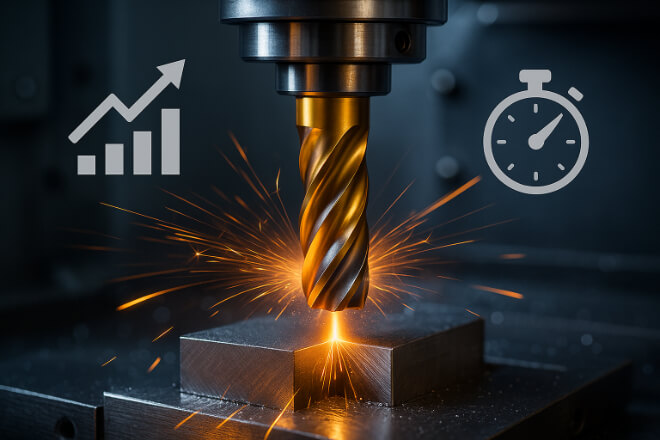
コーティングが工業機械加工のパフォーマンスを大幅に向上させる理由を分析してみましょう。
- より長い工具寿命
コーティングは鎧のような役割を果たします。工具の摩耗を軽減し、刃先の丸みを遅らせ、特に硬質金属の加工時に耐久性を向上させます。
- より高い速度と送り
コーティングされた工具は熱によく耐えるため、切削速度が速くなり、送り速度も速くなり、生産性が向上します。
- より良い表面仕上げ
コーティングされた工具は摩擦を減らし、表面を滑らかにし、許容誤差を小さくします。
- ダウンタイムの短縮
ツールの寿命が長くなると、ツールの交換回数が少なくなり、機械のダウンタイムが短縮されます。
- 部品あたりの総コストの削減
コーティングされた工具は、最初はコストがかかるかもしれませんが、時間の経過とともに優れた成果をもたらします。そのため、長期にわたる生産において費用対効果に優れています。
コーティングされていない工具はいつ使用すべきですか?
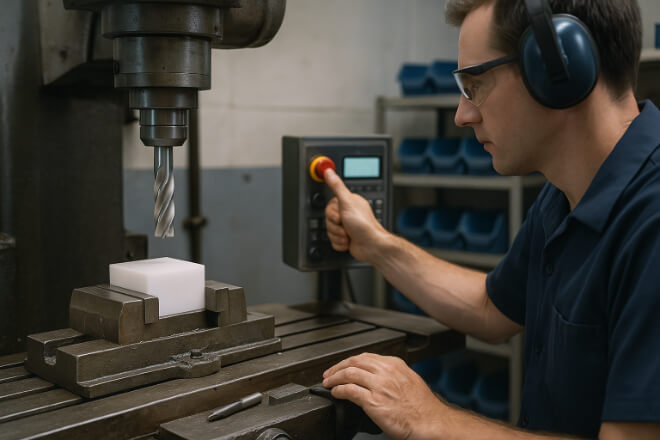
コーティングされた工具には利点がありますが、コーティングされていない工具の方が適している場合もあります。
プラスチック、真鍮、アルミニウムなどの柔らかい材料を加工する場合
予算が少なく、高い生産速度を必要としない
オペレーションでは、より遅いスピンドル速度とより単純な機械を使用しています
簡単に研ぎ直しができることを希望する(一部のコーティングでは研ぎ直しが難しい)
コーティングされていない工具は再研磨が容易で、試作、少量生産、または汎用ジョブに適しています。
用途に適したコーティングの選択
それぞれのコーティングには独自の利点があります。簡単なガイドをご紹介します。
| コーティングタイプ | 最適な用途 | 主な利点 |
|---|---|---|
| 錫 | 汎用、鋼、鋳鉄 | 摩耗と摩擦を軽減 |
| TiAlN / AlTiN | ステンレス鋼のような高温金属 | 熱と酸化に耐性があります |
| ダウンロードコンテンツ | アルミニウム、銅、プラスチック | 物質の蓄積を防ぐ |
| CVDダイヤモンド | 炭素繊維、セラミック | 極めて高い硬度と耐摩耗性 |
最終的な考え: どちらが優れているか?
答えは一つではありません。「より良い」ツールは、何を切るか、どれくらいの速さで作業する必要があるか、そしてどのような品質を期待するかによって異なります。
しかし、現代の多くの機械加工用途において、コーティングされたタングステンカーバイド切削工具は明確な利点をもたらします。初期費用は多少高くても、長寿命で性能も向上し、全体的なコストも削減できます。
精度と耐久性を兼ね備えたツールをお探しですか? リトプズ 世界中のメーカーから信頼されている当社のコーティング済みおよびコーティングなしの超硬切削工具の製品ラインをご覧ください。

